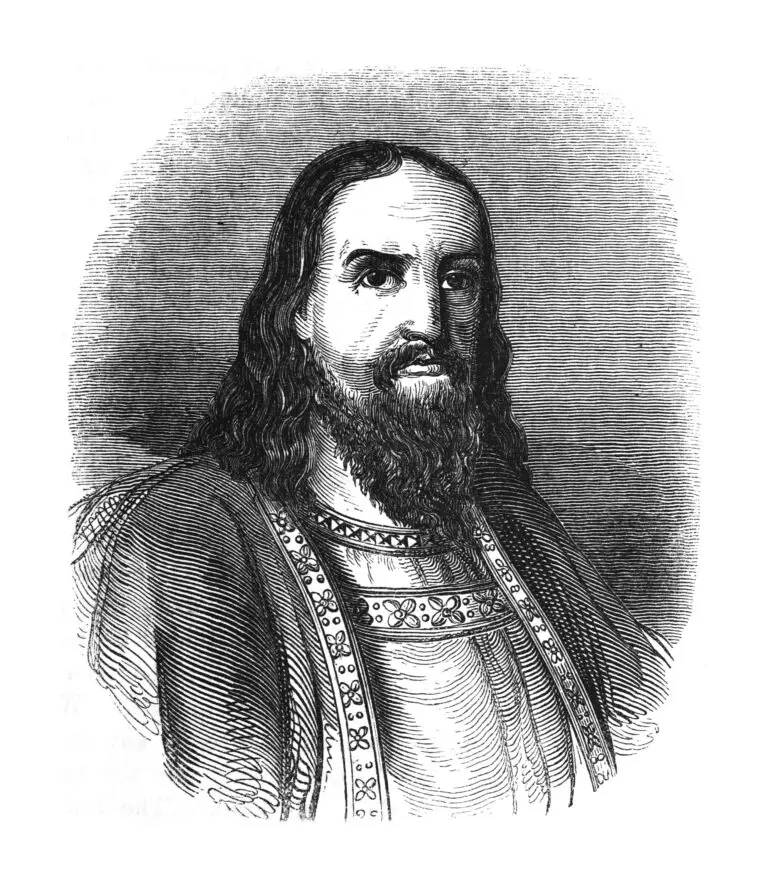Hundred Years’ War

Table of Contents
Hundred Years' War Overview
The Hundred Years’ War was a protracted conflict fought between England and France from 1337 to 1453, though not continuously. Territorial disputes, claims to the French throne, and longstanding tensions between the English and French monarchies primarily drove the war. Notable battles include Crécy, Poitiers, and Agincourt.
Key figures in the conflict include Edward III of England, the Black Prince (Edward, Prince of Wales), and Joan of Arc. The war witnessed a series of military successes and setbacks for both sides, marked by periods of truce and diplomatic efforts.
The war concluded with the Treaty of Picquigny in 1475, affirming the status quo and symbolizing the end of the Hundred Years’ War. While the war did not result in significant territorial changes, it had profound consequences for both nations, contributing to the development of national identity, military tactics, and the decline of feudalism.
Hundred Year's War History
The Hundred Years’ War was a series of conflicts between England and France from 1337 to 1453, although the actual fighting did not span the entire duration.
The war was triggered by a dispute over the succession to the French throne after the death of Charles IV of France, with England’s Edward III and France’s Philip VI claiming the right to rule.
The Battle of Crécy in 1346 marked a significant early victory for the English, showcasing the effectiveness of the longbow against heavily armored French knights.
The Battle of Poitiers in 1356 saw the capture of the French King John II by the English, further strengthening England’s position in the war.
The Treaty of Bretigny in 1360 temporarily ended hostilities, granting extensive territorial concessions to England, including control over Calais and large parts of southwestern France.
The conflict reignited in 1369 with the renewal of hostilities as the French sought to regain lost territories.
Joan of Arc, a peasant girl, played a crucial role in the war’s later stages, inspiring French forces and helping Charles VII be crowned at Reims in 1429.
The Battle of Agincourt in 1415, a decisive English victory, showcased the effectiveness of English longbowmen against a larger French army.
The Treaty of Troyes in 1420 recognized Henry V of England as the heir to the French throne, disinheriting the Dauphin, Charles VII. However, Henry V died in 1422, leaving an infant son as heir.
The conflict ended with the signing of the Treaty of Arras in 1435 and the Treaty of Picquigny in 1475, formally recognizing Charles VII as the legitimate ruler of France and leading to the expulsion of English forces.
Related Links
Black Death
Glorious Revolution
Magna Carta
War of the Roses